We’ve previously brought you the story of the Citroën 2CV Sahara. This time it’s the turn of another 2CV-based oddity, not that you’re likely to be able to guess the roots of this glassfibre-bodied rarity, going by its exterior design.
Conceived by Citroën UK, with neither help nor interest from parent company Citroën France, the Bijou was an attempt to take the 2CV upmarket. Whereas the 2CV was a massive success in its homeland, it was too slow, too noisy, too spartan and too quirky for British buyers. With cars almost impossible to shift, Citroën UK came up with a plan, and that was to make the 2CV less ugly and more luxurious – more like a shrunken Citroën DS.

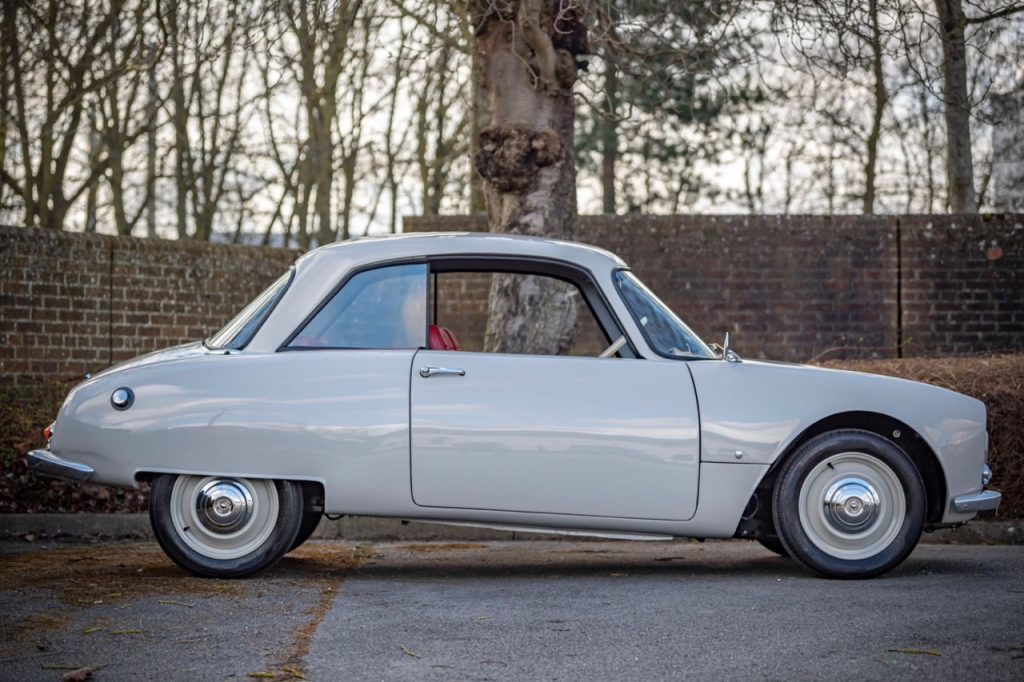
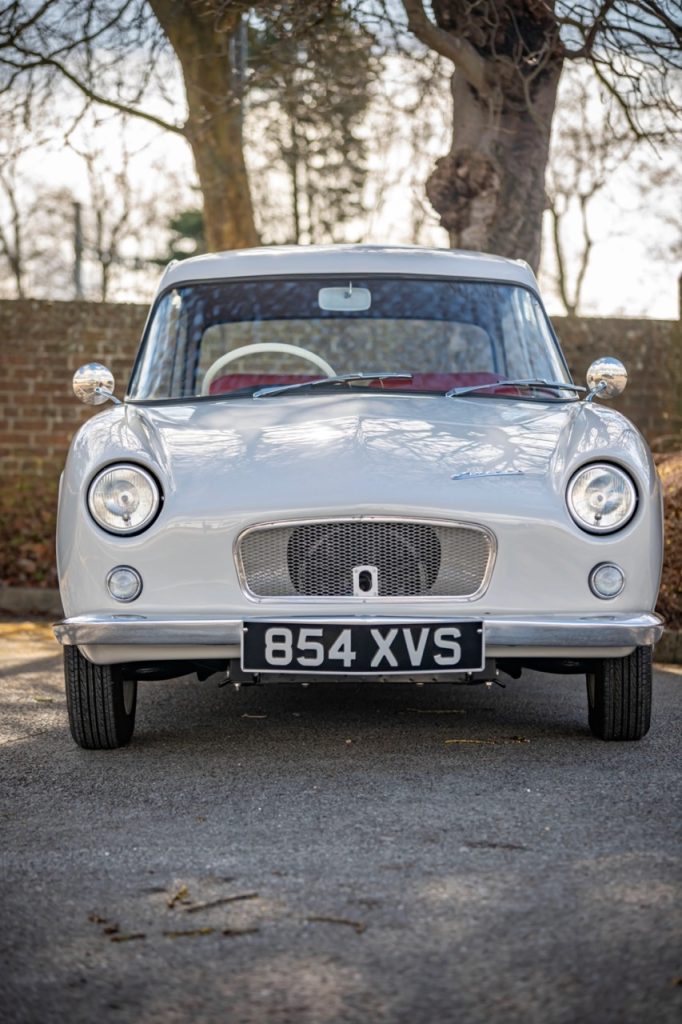
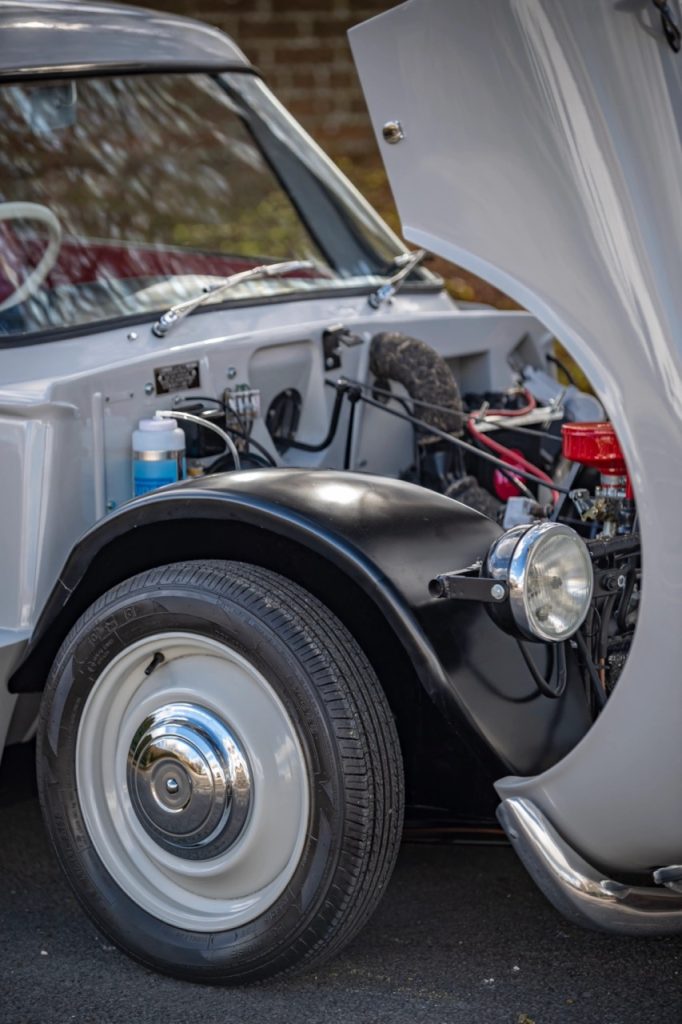
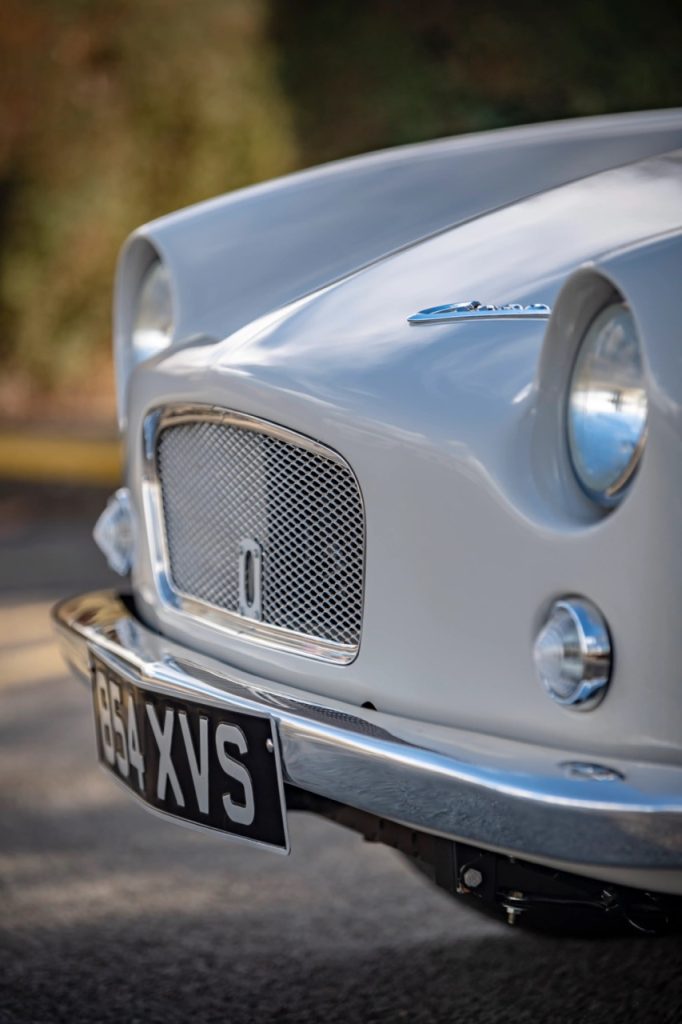
This poshed-up 2CV would be targeted at households that wanted a second car, so there was no need to have an especially roomy cabin or lots of performance for long-distance journeys. Aimed largely at housewives, the new car would be used almost exclusively for urban trips where comfort would be more important that ample performance. And because it wouldn’t be the family’s primary car, it would probably have to live outside.
One of the first decisions to be made was to construct the bodyshell from glassfibre, to keep production costs down. This would also be a selling point, because plastic doesn’t rust, and it can also be spectacularly light if done correctly. The man drafted in to come up with a design was Peter Kirwan-Taylor, best known for styling the original Lotus Elite.
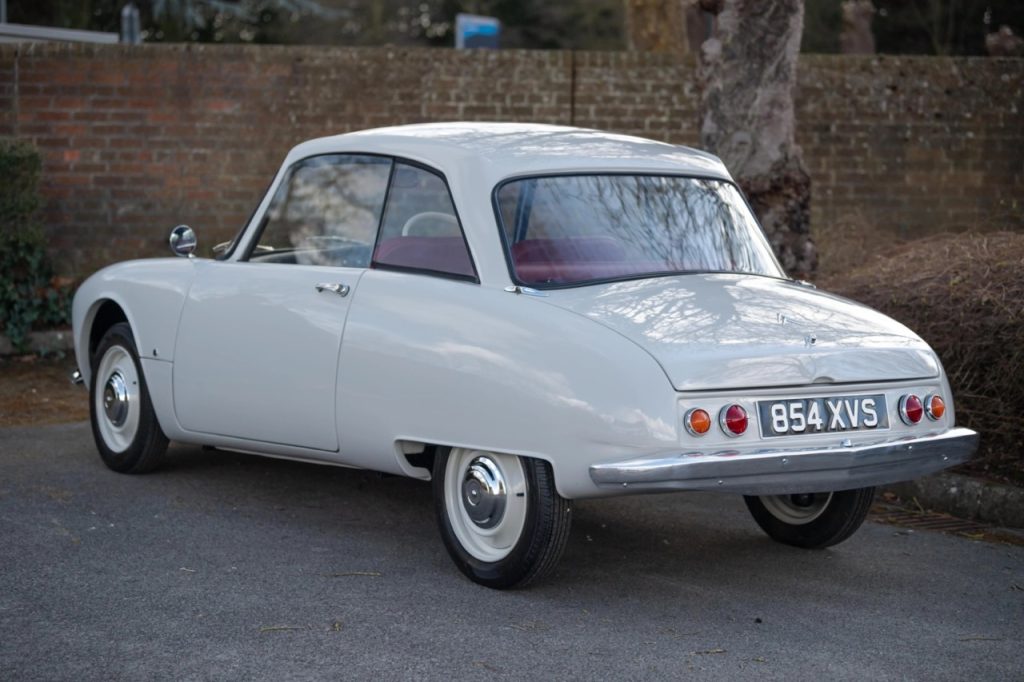
The result was a bodyshell made up of 11 glassfibre sections that had to be pieced together. Six sets of moulds were made with a view to making four or five cars per day; it was hoped that 1500 Bijous could be made and sold each year. However, while any panel from any mould was supposed to fit with any other panel created, a huge amount of hand-finishing was required because nothing matched up.
The plastic bodyshell was also supposed to be lighter than the 2CV’s steel shell, but because that was so basic and the metal so thin, the glassfibre Bijou actually weighed 50kg more. At least the Bijou had aerodynamic efficiency going for it: With a drag coefficient of 0.37, it was a lot more slippery than the 2CV, which was pegged at 0.53 Cd.
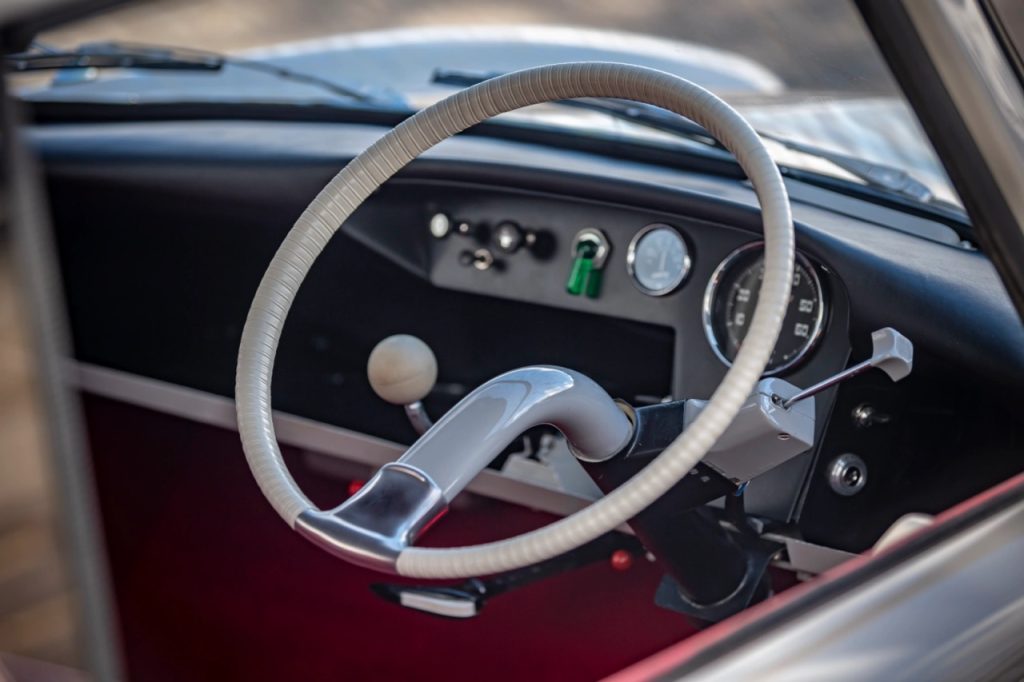
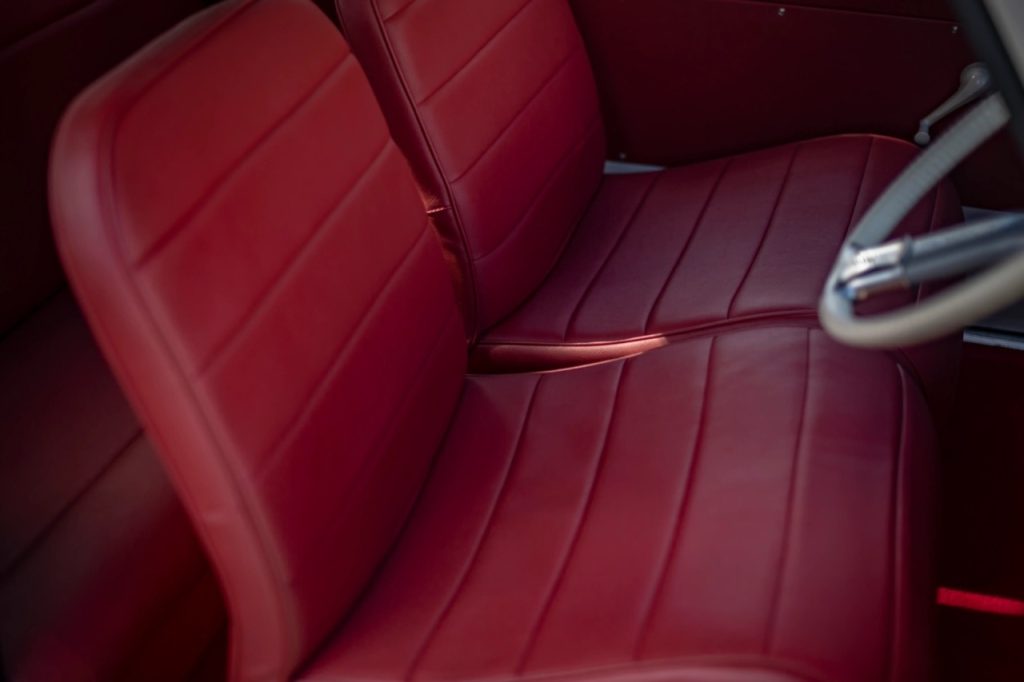
Inside, there was an all-new dashboard from which sprouted a DS steering wheel. The 2CV’s hammock seats were carried over, but with plastic covers so they looked a bit more substantial. They tipped forward to reach the back seats, which were suitable for small children only; this was very much a 2+2 rather than a four-seater.
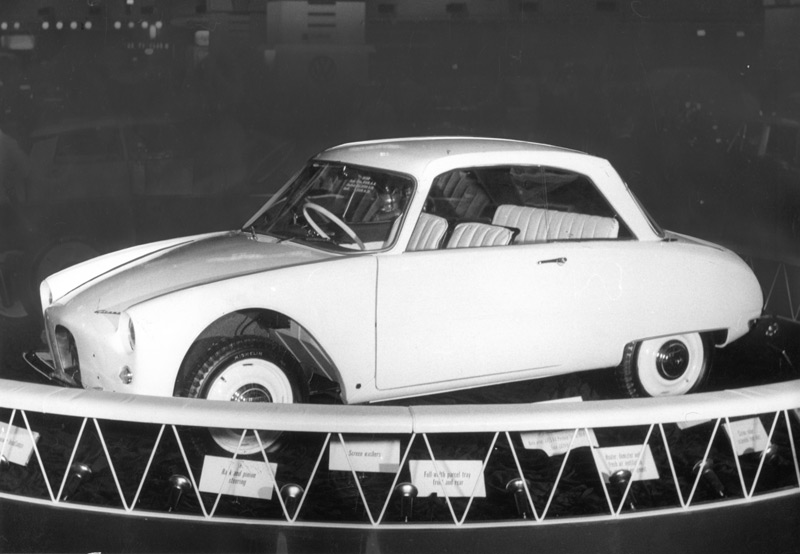
Unveiled at the 1959 London motor show, the 425cc 2-cylinder Citroën Bijou was priced at a hefty £674, at a time when the BMC Mini – a proper four-seater family car – cost between £496 and £536, depending on the model. Even a Morris Minor was just £590, while a Fiat 500 was pegged at £525. Unsurprisingly, Citroën UK was not inundated with orders. . .
Things went from bad to worse when The Motor tested the 12bhp Bijou, managing to squeeze just 45mph from it, flat out. It took a decidedly leisurely 41.7 seconds to do the 0–40mph sprint, but the upside was a very parsimonious 59.5mpg. The verdict: ‘The low performance which deteriorates markedly when the car is laden does not invite the use of this car for any but the most leisurely touring.’
Bijou production started in July 1960, but it was already an uphill struggle to find buyers. Citroën UK limped on for four years with the project, but the plug was pulled in August 1964, after just 211 cars had been built, few of which have survived. Those that have survived have invariably been upgraded with a bigger (602cc) engine and better brakes, in a bid to make the car vaguely usable. Vaguely.










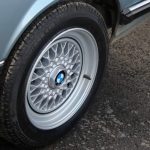


Very interesting article. I helped a friend of mine recover a complete bijou, and another body shell from a barn earlier in the year. Both will be for sale – he might even have a donor 2cv available too. Happy to put anyone interested in touch…